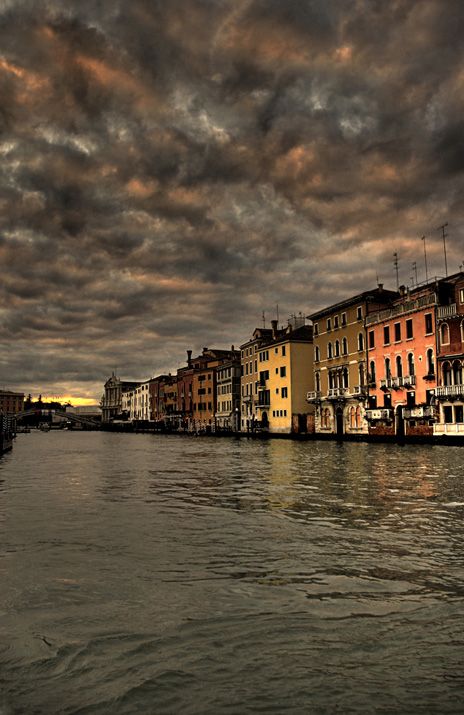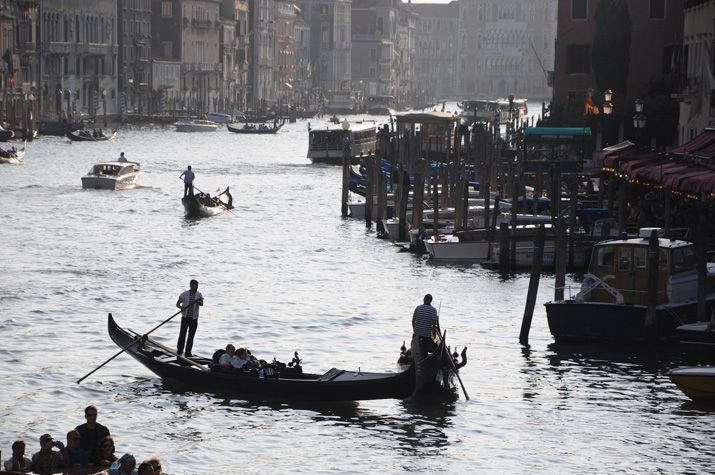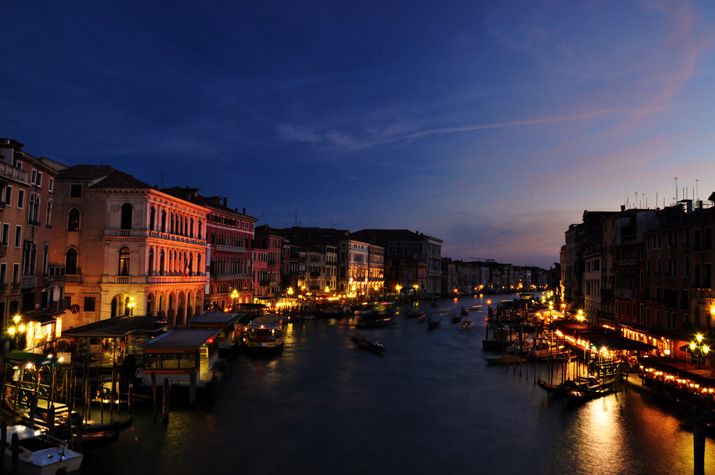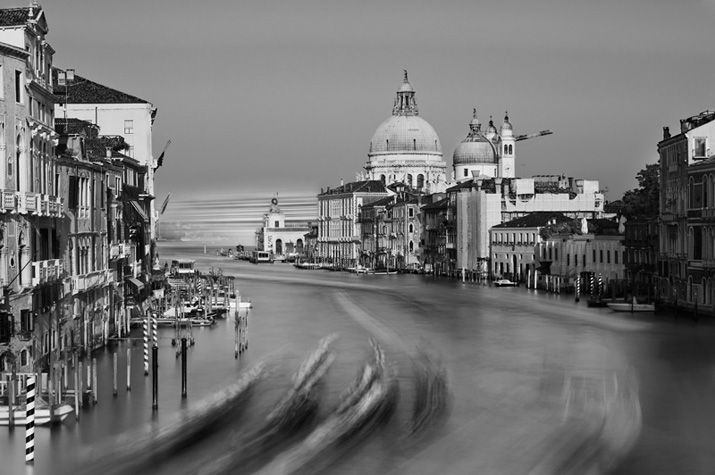Venice’s Timeless Splendor
The enchanting city celebrates its Middle Age and Renaissance glory through its art, architecture and enduring spirit
/https://tf-cmsv2-smithsonianmag-media.s3.amazonaws.com/filer/lifelist-venice-631.jpg)
A jewel of a city audaciously built on 118 tiny islands and a network of waterways, Venice is an imperiled treasure that stubbornly endures. Due to the plodding geological shifts of the continents, the city is sinking at a rate of two and a half inches per decade. A watery demise for Venice by the end of the century may be inevitable.
Many people are determined to save it. From a multibillion-dollar plan to install mobile floodgates to strengthening erosion barriers, the rescue mission has become an international effort.
But it's hard to imagine impending doom when you first encounter this enchanting Italian city. With its maze of narrow streets, hundreds of bridges and dozens of canals linking its magnificent architecture and art, even a wrong turn can be thrilling. The deluxe way to see Venice is to cruise the canals in a pricey cushioned gondola poled by a boatman. "It is a wondrous experience, even though some people sniff at it as a tourist clichŽ," says Eric Denker, a senior lecturer at the National Gallery of Art who has visited Venice at least 50 times. "Gazing from water level, the city reveals vistas, waterfront facades, fenestration and bridge decorations you can find from no other angle." And, he says, the sleek gondolas can detour off the Grand Canal into smaller, less-traveled waterways.
Still, the Grand Canal, the city's main thoroughfare, is not to be missed. In 1495, the ambassador to French king Charles VIII called it "the most beautiful street in the world." And, fortunately, not much has changed since then.
Planning Your Next Trip?
Explore great travel deals
Smithsonian magazine participates in affiliate link advertising programs. If you purchase an item through these links, we receive a commission.



